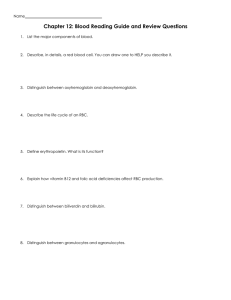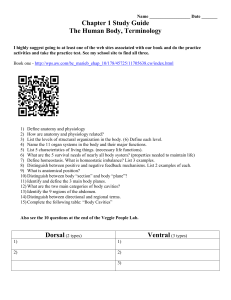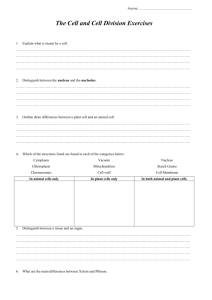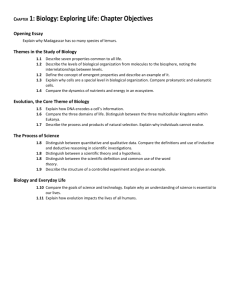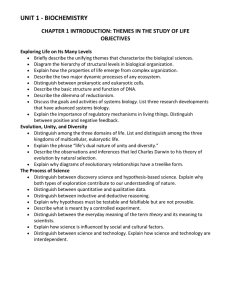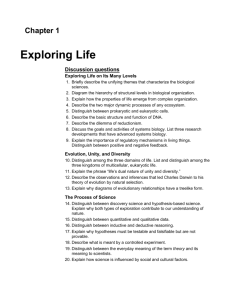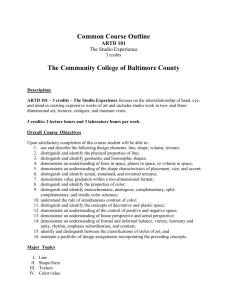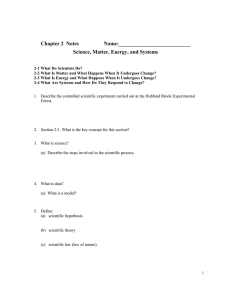Chapter 14 Study Checklist Know the functions of blood. Know the
advertisement
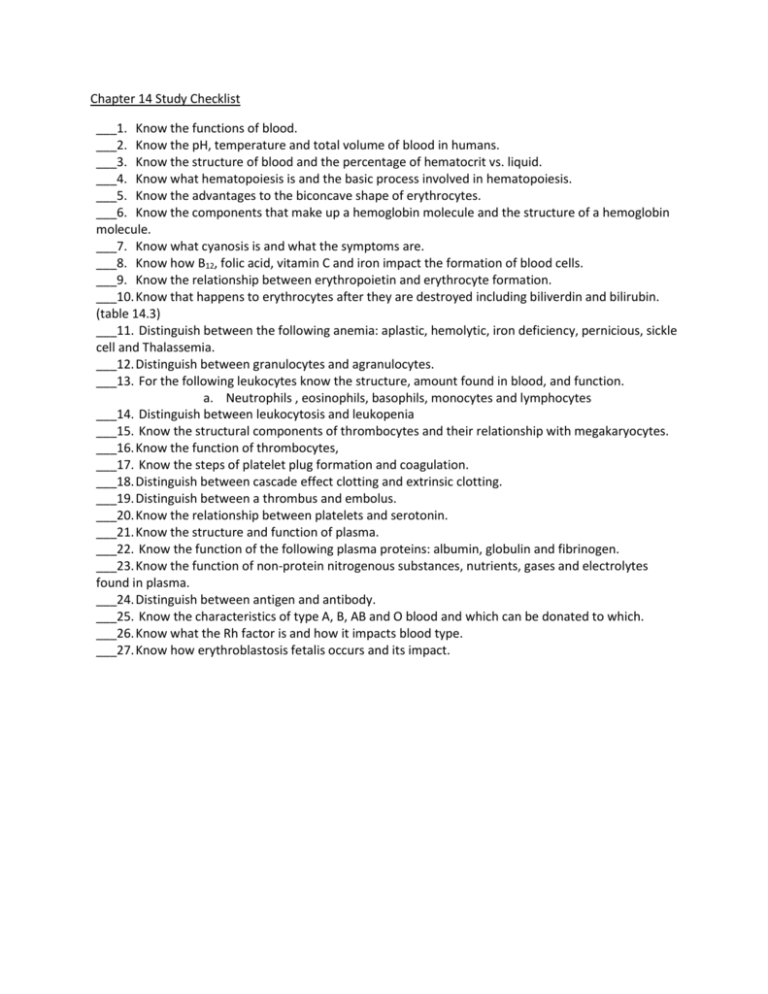
Chapter 14 Study Checklist ___1. Know the functions of blood. ___2. Know the pH, temperature and total volume of blood in humans. ___3. Know the structure of blood and the percentage of hematocrit vs. liquid. ___4. Know what hematopoiesis is and the basic process involved in hematopoiesis. ___5. Know the advantages to the biconcave shape of erythrocytes. ___6. Know the components that make up a hemoglobin molecule and the structure of a hemoglobin molecule. ___7. Know what cyanosis is and what the symptoms are. ___8. Know how B12, folic acid, vitamin C and iron impact the formation of blood cells. ___9. Know the relationship between erythropoietin and erythrocyte formation. ___10. Know that happens to erythrocytes after they are destroyed including biliverdin and bilirubin. (table 14.3) ___11. Distinguish between the following anemia: aplastic, hemolytic, iron deficiency, pernicious, sickle cell and Thalassemia. ___12. Distinguish between granulocytes and agranulocytes. ___13. For the following leukocytes know the structure, amount found in blood, and function. a. Neutrophils , eosinophils, basophils, monocytes and lymphocytes ___14. Distinguish between leukocytosis and leukopenia ___15. Know the structural components of thrombocytes and their relationship with megakaryocytes. ___16. Know the function of thrombocytes, ___17. Know the steps of platelet plug formation and coagulation. ___18. Distinguish between cascade effect clotting and extrinsic clotting. ___19. Distinguish between a thrombus and embolus. ___20. Know the relationship between platelets and serotonin. ___21. Know the structure and function of plasma. ___22. Know the function of the following plasma proteins: albumin, globulin and fibrinogen. ___23. Know the function of non-protein nitrogenous substances, nutrients, gases and electrolytes found in plasma. ___24. Distinguish between antigen and antibody. ___25. Know the characteristics of type A, B, AB and O blood and which can be donated to which. ___26. Know what the Rh factor is and how it impacts blood type. ___27. Know how erythroblastosis fetalis occurs and its impact.
